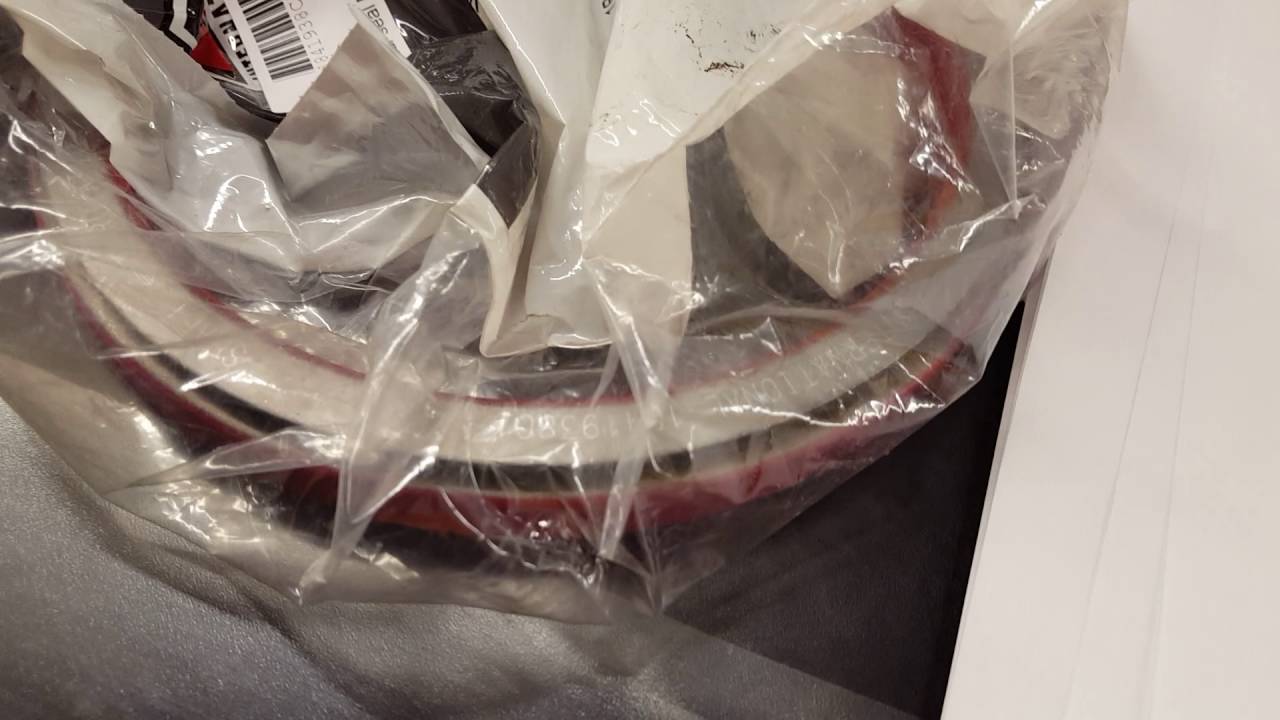As I start this post I can’t help thinking of all the experienced mechanics around the world who don’t share their mechanical fixes and failures. If 1% of mechanics around the world turned into bloggers the internet would be totally packed with great content. The ‘how to’ information online is the biggest draw to the internet in my humble opinion. I renovated my house watching videos from professionals and they were all great quality with no BS.
OK that’s enough of my rant…I’ll do an entire post on mechanic blogging in the near future.
The Navistar school bus in the video is a 2011 with the DT Maxxforce diesel engine. We noticed an engine oil leak out of the drain hole on the flywheel housing which is a rear engine seal issue. It’s a rather big job involving transmission removal along with several accessories.
Here is the disassembly sequence. Remove the driveshaft, shift cable linkage, dipstick tube and trans. wiring harness. Remove the transmission mounting bolts which are fastened to the adapter plate which is fastened to the engine flywheel housing. Before removing the last few transmission mounting bolts (tranny jack secured under transmission) remove the starter which allows access to the plate just above that’s secured by 2 bolts.
Removing the plate gets you access to the trans torque converter retaining nuts. Rotate the engine using a bar on the starter ring gear and remove the TC nuts. Remove the trans mounted bolts and slide the assembly back out of the way. Remove the trans flex plate and crankshaft adapter hub. There is a timing disc pressed onto the crankshaft use a strong back puller tool to remove. The rear engine seal is now visible and ready for removal. After pre-drilling the oil seal metal case use a sheet metal screw slide hammer to pull out the engine seal.
Doesn’t that look easy? It is if you have a manual and the right tools. The hydraulic transmission jack and shop hoist helps immensely in this case. The seal presses on with a new wear ring. This guarantees a new seal contact surface and no chance of a leak afterwards which we really don’t want. The seal driver centers the seal and wear ring onto the crankshaft surface. It also sets the seal at the correct position on the crank surface.
This repair will be completed in a day and if nothing goes wrong this school bus will be back into production in time for the first day of school.







